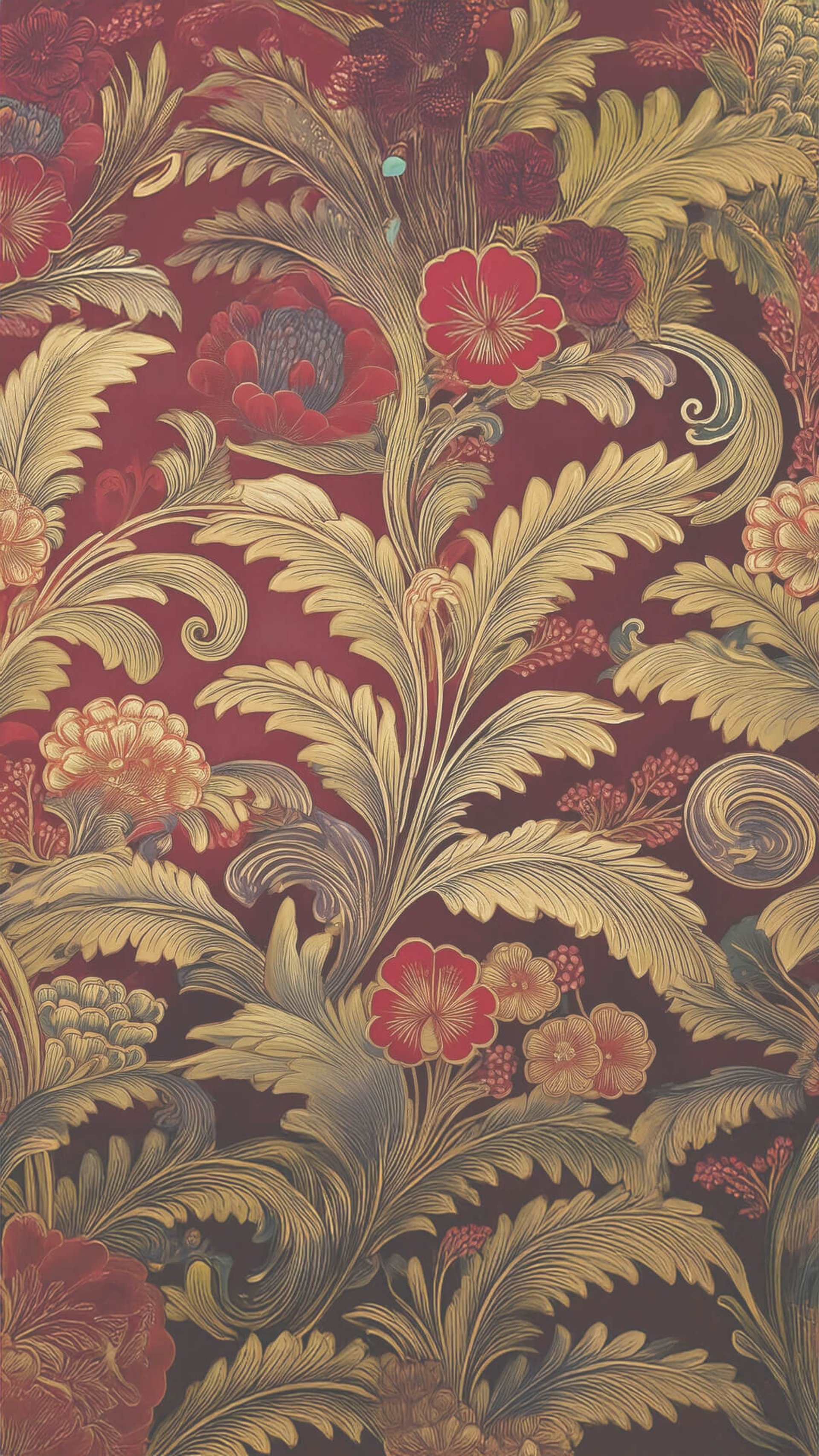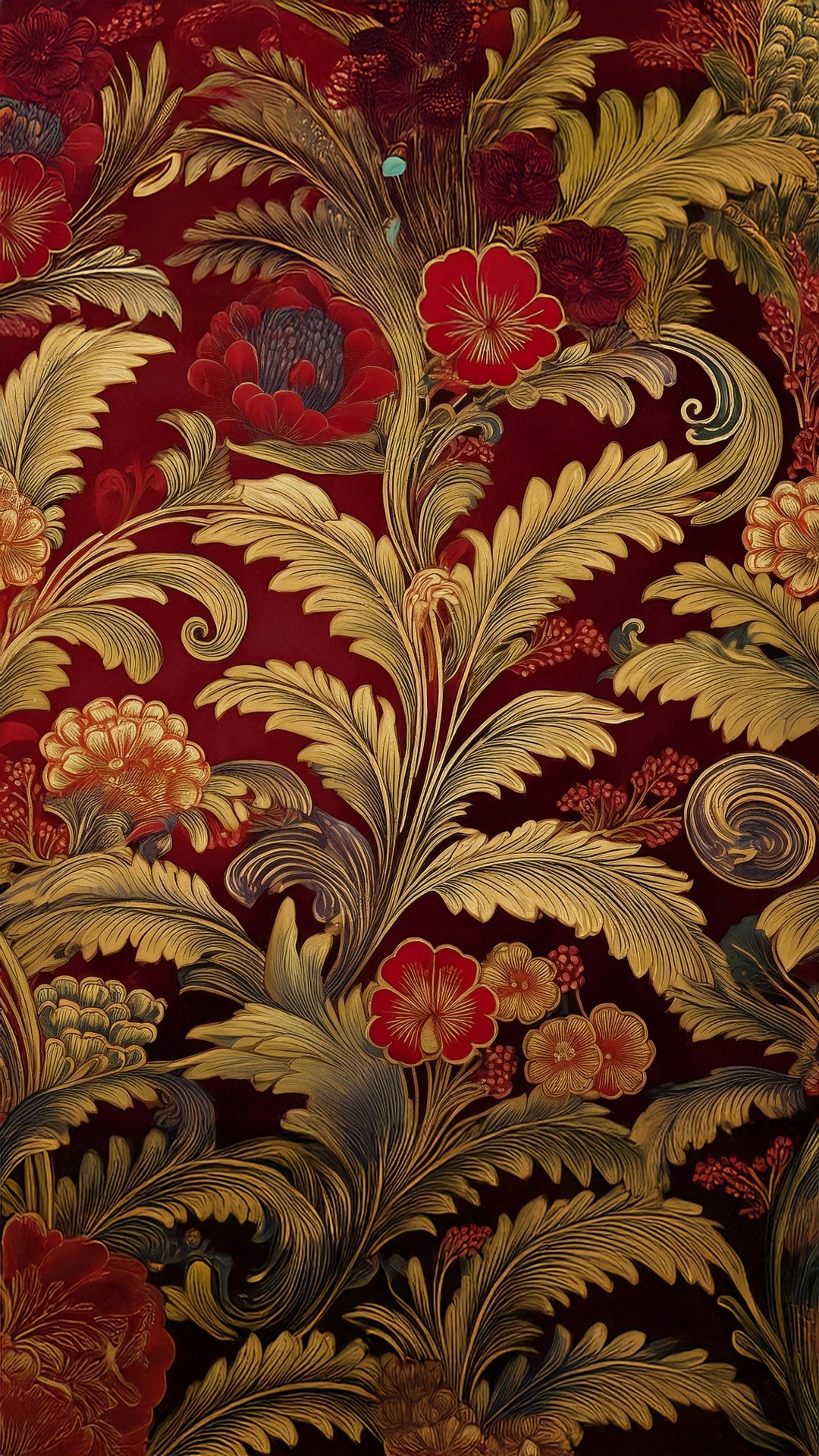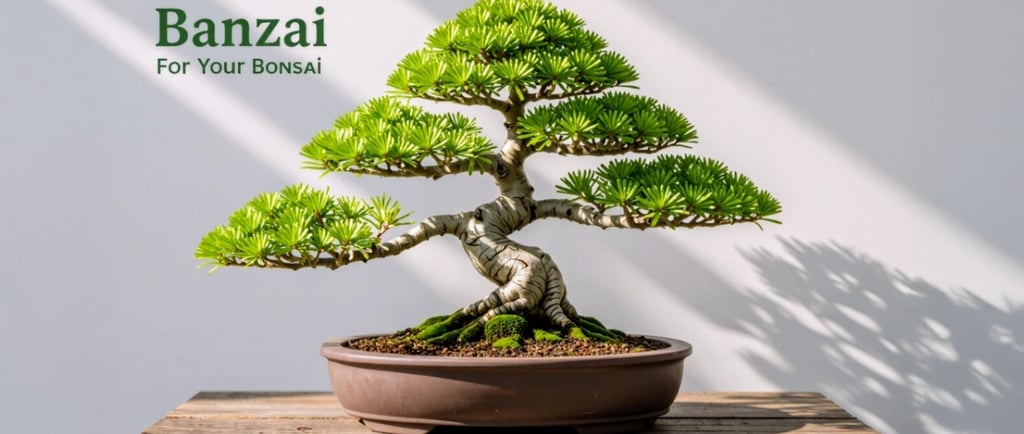
Banzai for your Bonsai
Understanding the Words Behind the Art



Banzai for your Bonsai: Understanding the Words Behind the Art
The world of Japanese culture has given us many beautiful concepts, but few are as commonly confused as "banzai" and "bonsai." While they sound remarkably similar to Western ears, these two words represent entirely different aspects of Japanese tradition—one a spirited exclamation, the other a meditative art form that can span centuries.
The Tale of Two Words
Banzai (万歳) literally means "ten thousand years" and serves as a traditional Japanese exclamation of joy, celebration, or encouragement. You might hear it shouted at festivals, sporting events, or celebrations—much like "hooray!" or "long live!" in English. The word carries connotations of longevity, prosperity, and triumph.
Bonsai (盆栽), on the other hand, translates to "planted in a container" or "tray planting." This ancient art form involves cultivating miniature trees in small pots, creating living sculptures that can outlive their caretakers by decades or even centuries. The practice originated in China as "penjing" before being refined and popularized in Japan.
Interestingly, both words share a connection to longevity—banzai wishes for it, while bonsai, when properly cared for, can actually achieve it.
Cultivating Centuries: Long-Term Bonsai Care
Creating a bonsai that survives for generations requires understanding that you're not just growing a plant—you're becoming a steward in a living legacy. Some bonsai trees are over 800 years old, passed down through families like precious heirlooms that breathe and grow.
The Foundation: Species Selection and Soil
The journey to a generational bonsai begins with choosing the right species. Hardy varieties like Japanese maple, pine, juniper, and ficus are popular choices because they can adapt to container life while maintaining their vigor over decades. These trees have proven their resilience through centuries of bonsai cultivation.
Soil composition forms the invisible foundation of longevity. A well-draining mixture of akadama (Japanese clay granules), pumice, and lava rock creates the perfect environment for root health. This substrate must be refreshed every two to three years for younger trees, extending to five or more years for mature specimens. The key is maintaining soil that breathes—compacted soil is often the silent killer of ancient trees.
The Art of Patient Pruning
Generational bonsai masters understand that aggressive styling kills trees. Instead, they practice "slow bonsai"—making small, thoughtful changes over years rather than dramatic transformations in months. Root pruning follows the same philosophy: removing no more than one-third of the root mass during repotting, and only when absolutely necessary.
Structural pruning should be done during the tree's dormant period, while maintenance pruning can happen throughout the growing season. The goal is to maintain the tree's health while gradually refining its form—a process that can take decades to fully realize.
Watering Wisdom
Perhaps no aspect of bonsai care is more crucial or more misunderstood than watering. The "daily watering" myth has killed more bonsai than any pest or disease. Instead, successful long-term care depends on understanding your specific tree's needs, which vary by species, season, pot size, and environmental conditions.
The finger test remains the most reliable method: stick your finger about an inch into the soil. If it's dry, water thoroughly until water runs from the drainage holes. If it's still moist, wait. Some trees prefer to dry out slightly between waterings, while others need consistent moisture.
Environmental Stability
Generational bonsai thrive on consistency. While they need to experience natural seasonal changes, they should be protected from extreme weather events. This means providing shelter from harsh winds, protecting roots from freezing temperatures, and ensuring adequate humidity during dry periods.
Indoor bonsai face additional challenges, as homes typically lack the humidity and air circulation that trees need. A humidity tray, good air circulation, and the brightest available light (or grow lights) become essential for long-term success.
The Succession Plan
True generational bonsai care involves planning for succession. This means keeping detailed records of care routines, repotting schedules, and the tree's response to different treatments. Many bonsai enthusiasts create "tree diaries" that future caretakers can reference.
Teaching family members or trusted friends about the tree's specific needs ensures continuity of care. Some bonsai clubs even have "adoption programs" where experienced members take responsibility for trees when original owners can no longer care for them.
Patience as Practice
The most discussed tactic for bonsai longevity isn't technical—it's philosophical. Successful long-term bonsai care requires embracing the Japanese concept of "mono no aware"—the bittersweet awareness of the impermanence of all things. Paradoxically, this acceptance of impermanence leads to better care, as caretakers focus on the tree's needs rather than their own timeline for results.
A Living Legacy
So while we might enthusiastically shout "Banzai!" for our bonsai's continued health and growth, the real magic lies in understanding that we're participating in something much larger than ourselves. These miniature trees connect us to centuries of tradition, teaching patience, mindfulness, and the deep satisfaction that comes from nurturing life.
Whether your bonsai is a young sapling or an inherited treasure, remember that every day of care contributes to a legacy that could span centuries. In this way, the art of bonsai becomes its own form of banzai—a celebration of life, longevity, and the enduring human connection to the natural world.
The next time you tend to your bonsai, take a moment to appreciate both the tree before you and the generations of caretakers who have kept this ancient art alive. After all, in the world of bonsai, we're all temporary stewards of permanent beauty.
